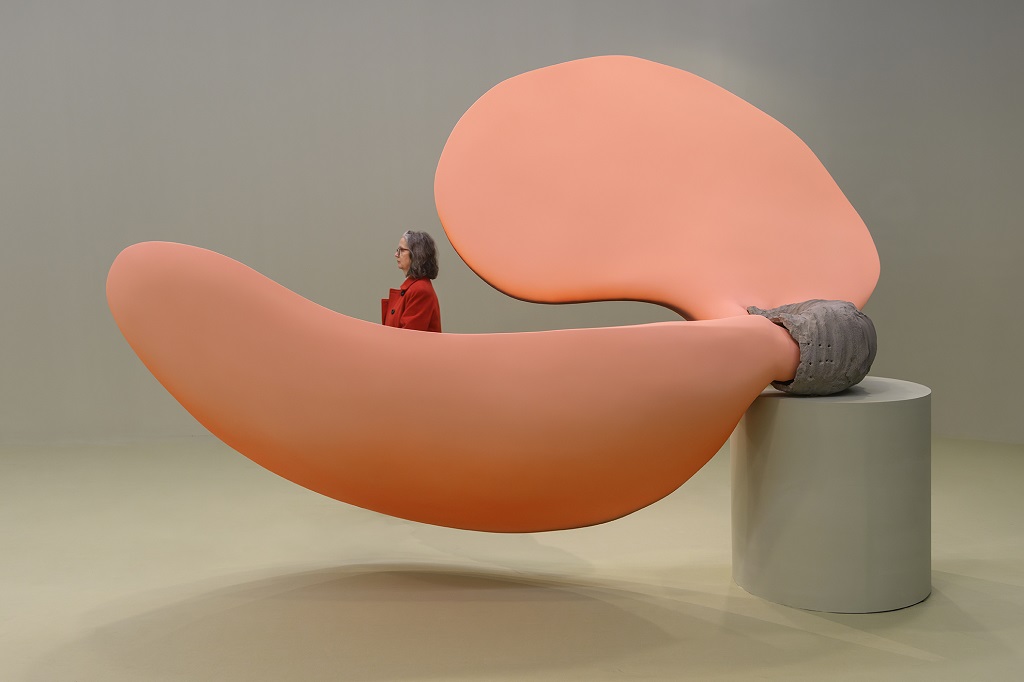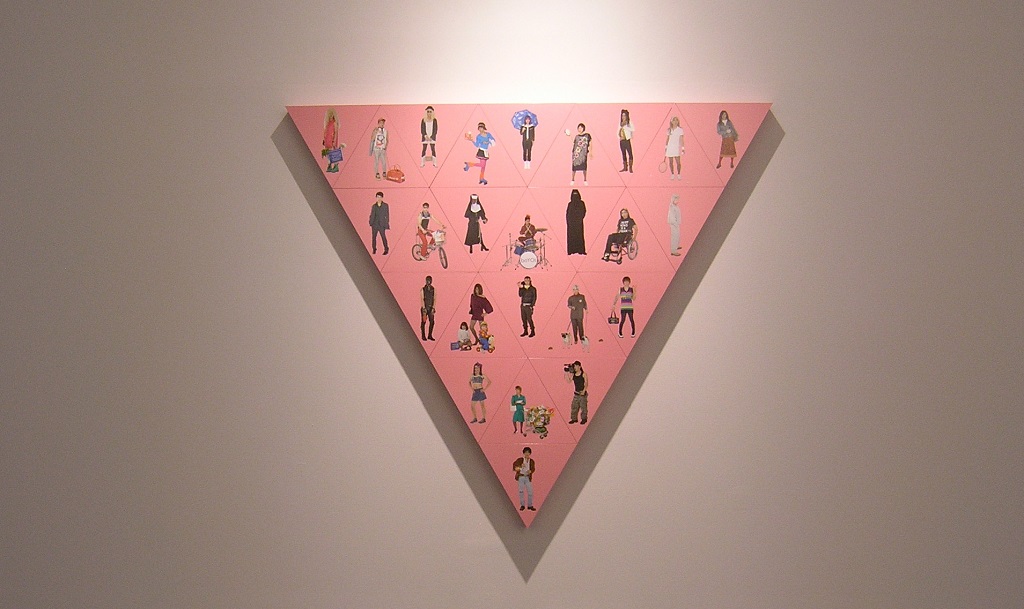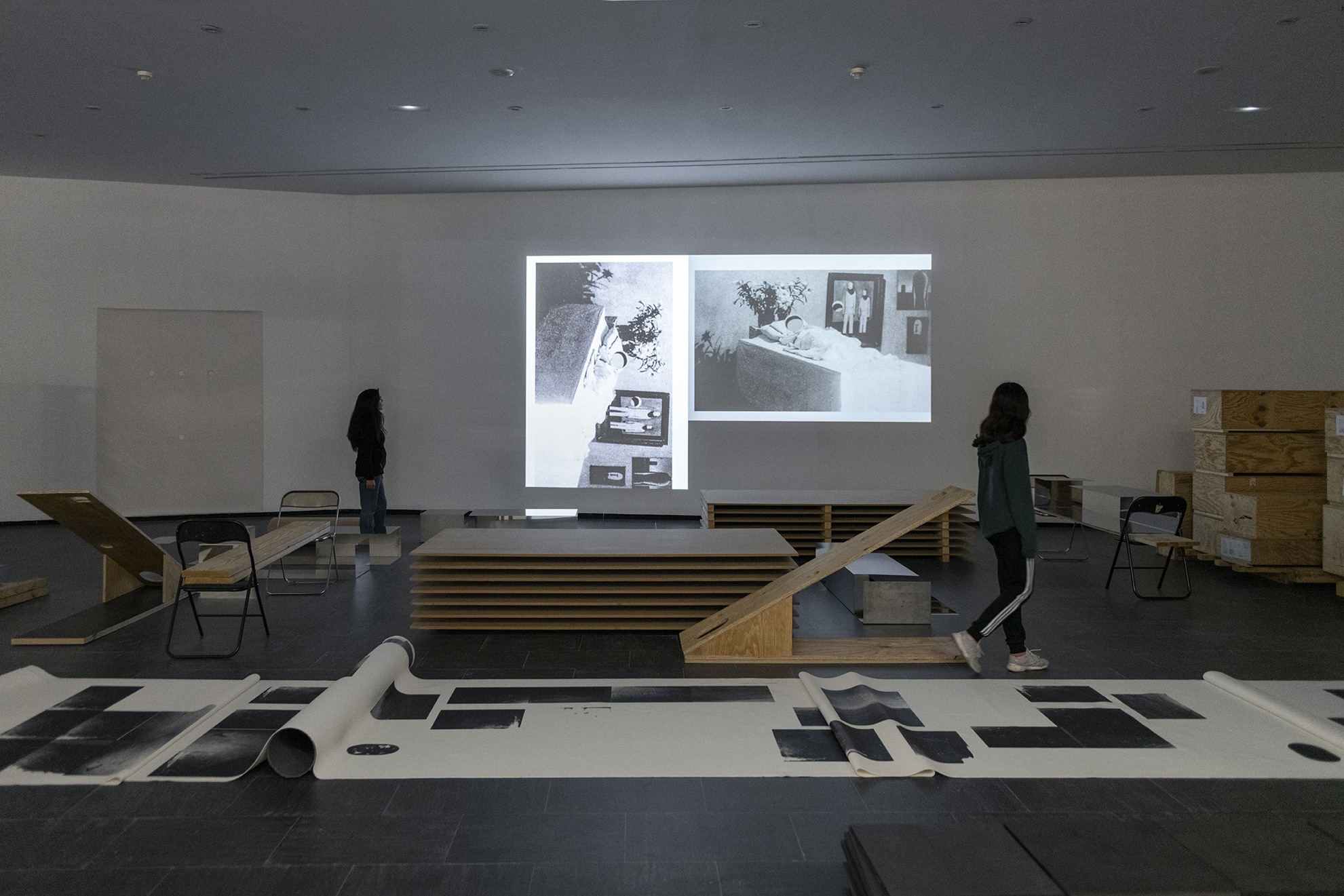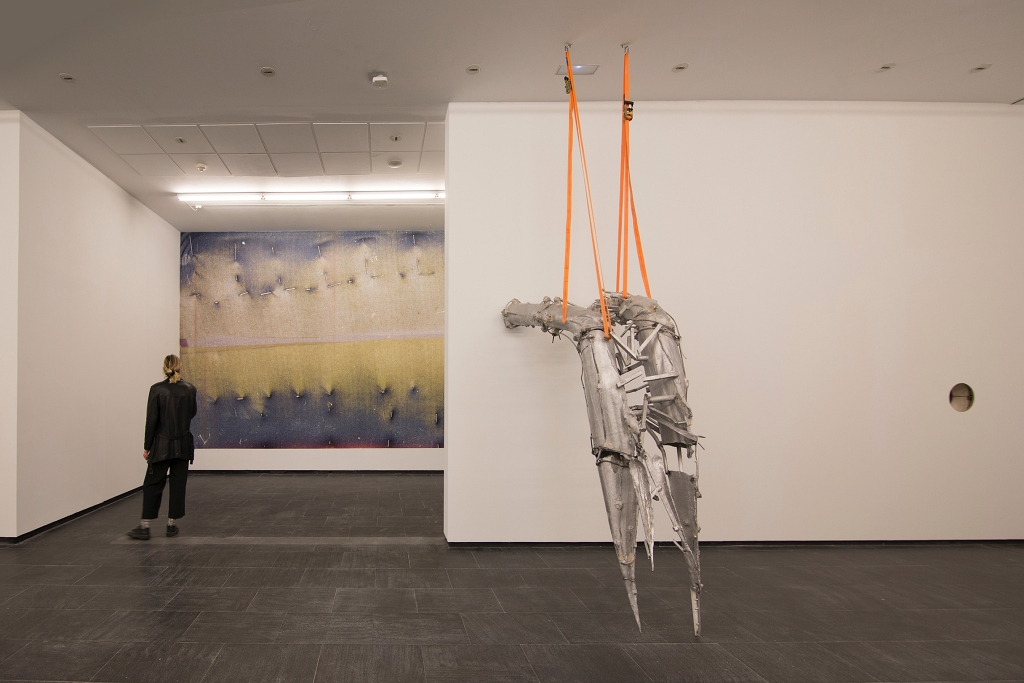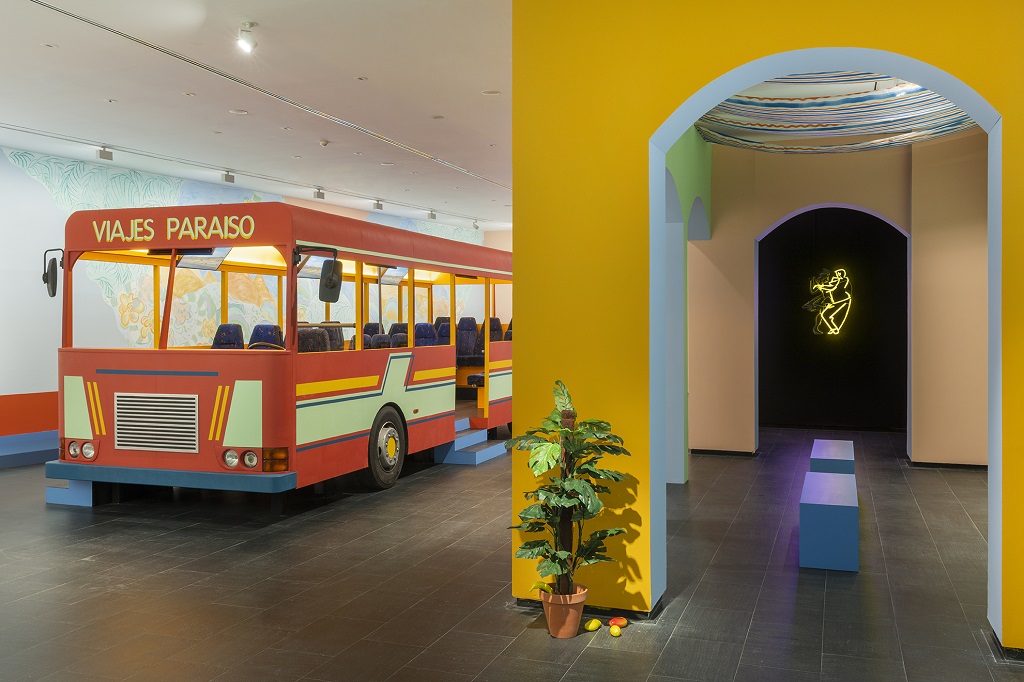
Buscando guanábana ando yo is the first solo exhibition devoted to Sol Calero at an art centre in Madrid and brings together some of her oeuvre’s central themes and formats. These include the building of collective spaces, which make up a large portion of Calero’s output and draw on her interest in architecture and design.
